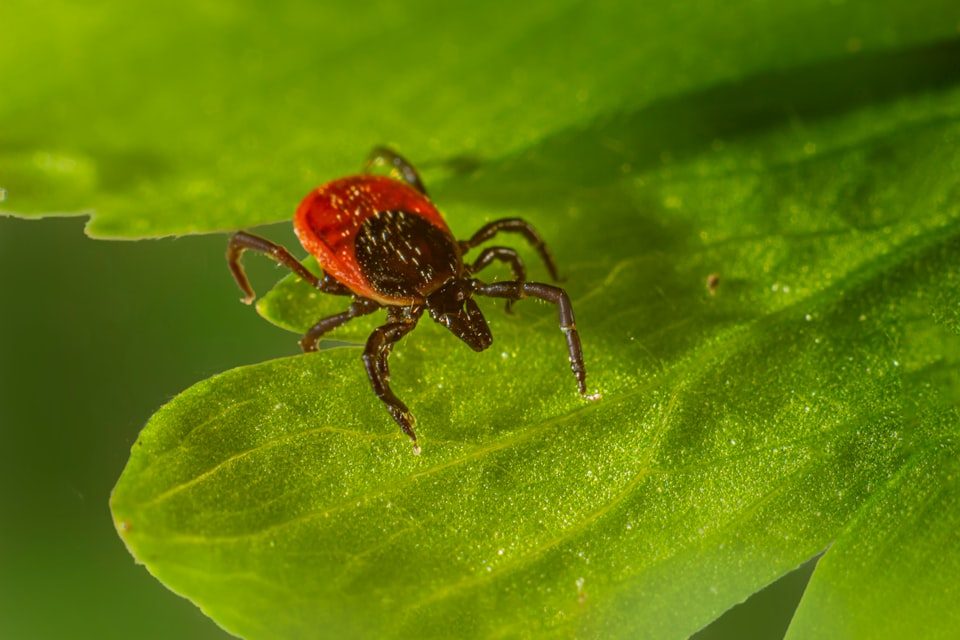Parasites

Parasites, an unwelcome pet experience, come in various shapes and sizes, each causing annoyance and sometimes grave danger to our beloved animals' health. The most recognizable parasites are external freeloaders such as ticks and fleas, although some culprits can't be detected with the naked eye, like intestinal worms, an example of internal parasites. Ensuring your pet remains parasite-free can be demanding. However, employing good management practices and harnessing knowledge can simplify the process.
Pets are potential hosts for numerous parasites, both internal and external, which can negatively impact their health. Regardless of where they reside in the pet's body, all parasites pose risks. These unwelcome guests can leech blood or nutrients, propagate life-threatening diseases and potentially endanger human health as well.
What are the Common External Parasites?
External parasites, including ticks, fleas, and mites, frequently infest pets. These creatures not only feed off our pets' blood but also serve as vectors for several potentially deadly diseases. Parasites such as mites and fleas can provoke excessive hair loss and harsh skin inflammation. Dermatitis, often resulting from infestations, can cause considerable discomfort in pets and be challenging to treat.
Which Internal Parasites Can Affect Your Pet?
A variety of internal parasites, encompassing blood worms, heart worms, intestinal worms, lung worms, and more, can infect your pets. The infection leads to bodily weakness and consistent weight loss. Some parasites can prompt the formation of cysts in various body organs like the liver and brain, leading to conditions difficult to treat with slim chances of complete recovery.
What are the Clinical Signs of Parasites?
It is essential to recognize that clinical signs can vary from case to case, but parasite infection or infestation may lead to:
- Diarrhea with mucus
- Parts of worms (may look like rice grains)
- Rough coat
- Scooting (rubbing the anal area on the ground due to itching)
- Progressive weight loss
- Distended belly area
- Depression
- Vomiting
How To Best Prevent Parasites?
- Keep a high standard of hygiene and regular grooming.
- Make regular visits to the veterinarian for a physical and fecal examination.
- Alternatively, use a home kit and send the sample to a laboratory.
- Clean up your pet’s feces promptly, especially for indoor pets.
- Limit exposure to pet parks, particularly during disease outbreak warnings.
- Only feed fresh, raw meat and fish from trusted sources.
- De-worm your pet at the correct time, using a quality de-wormer.
- Use tick and flea repellents and shampoos regularly, especially during the tick season.
Debunking Urban Myths!
- Amber necklaces or amber collars don't have any effect on ticks or fleas unless treated with a chemical repellent.
- Applying lemon juice on your dog's skin won't remove any ticks, fleas, or mites.
- Feeding your pet garlic and ginger will not eradicate intestinal parasites.
- Aloe vera application on your pet’s skin is ineffective against parasites.
- Turmeric is not a remedy for your pet’s external or internal parasites.
Sources
- "Pets, Parasites and People." Pets & Parasites: The Pet Owner’s Parasite Resource. [Accessed May 25, 2022](https://www.petsandparasites.org/resources/pets-parasites-and-people#:~:text=Roundworms are the most common,and left in the environment.)
- "Prevention products for Dogs." American Kennel Club. Accessed May 25, 2022
- "Common dog diseases." RSPCA Pet Insurance. Accessed May 25, 2022
